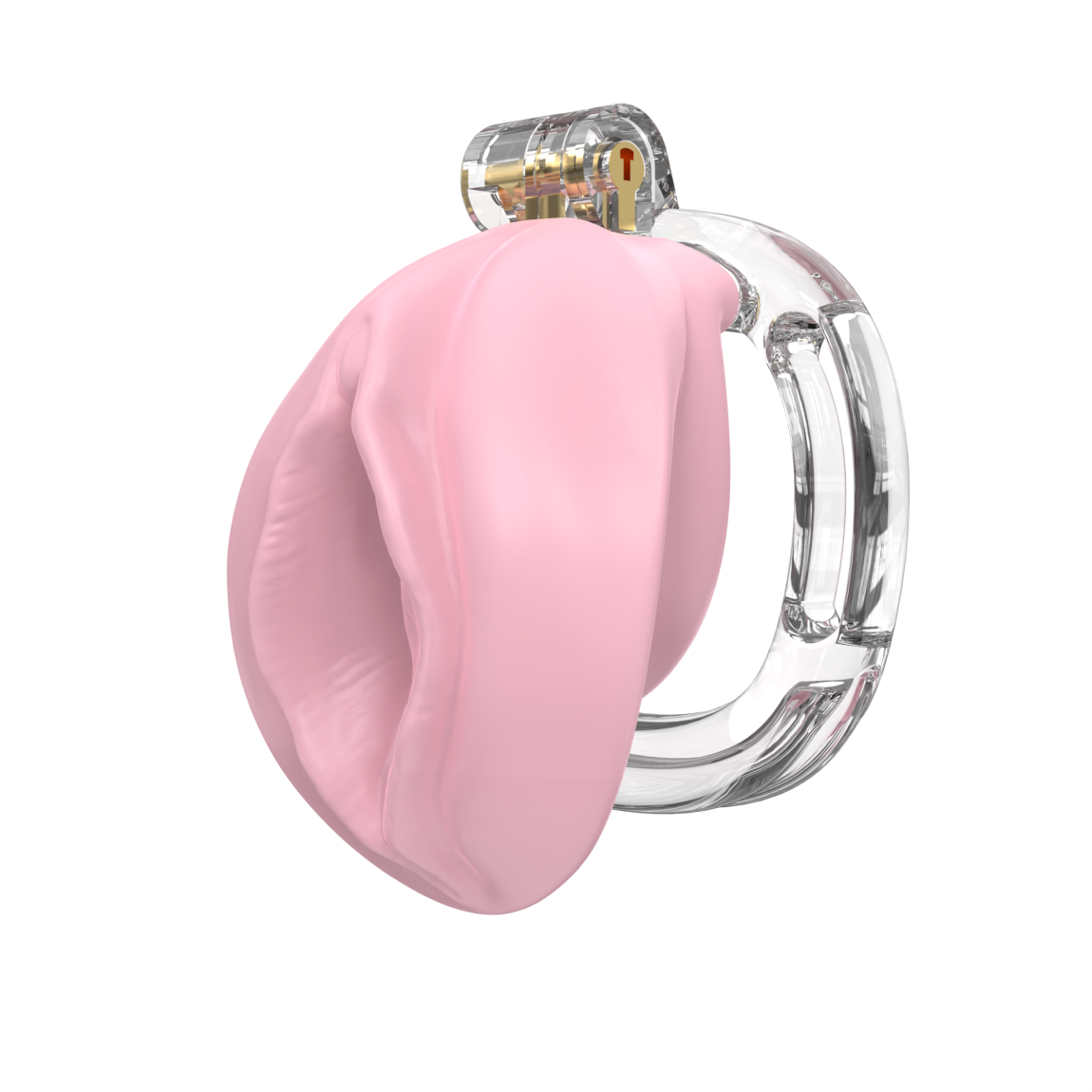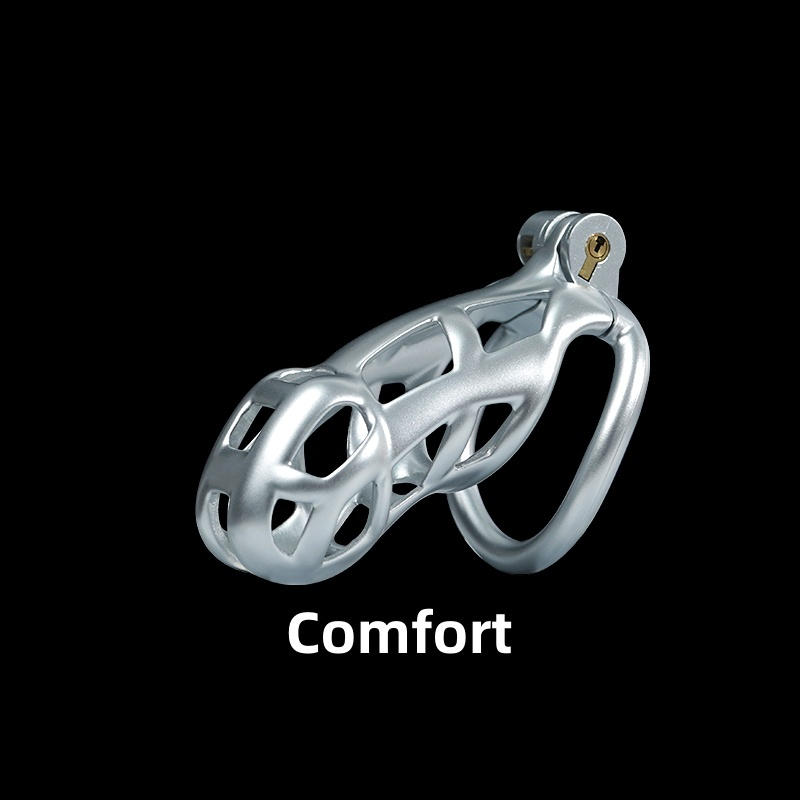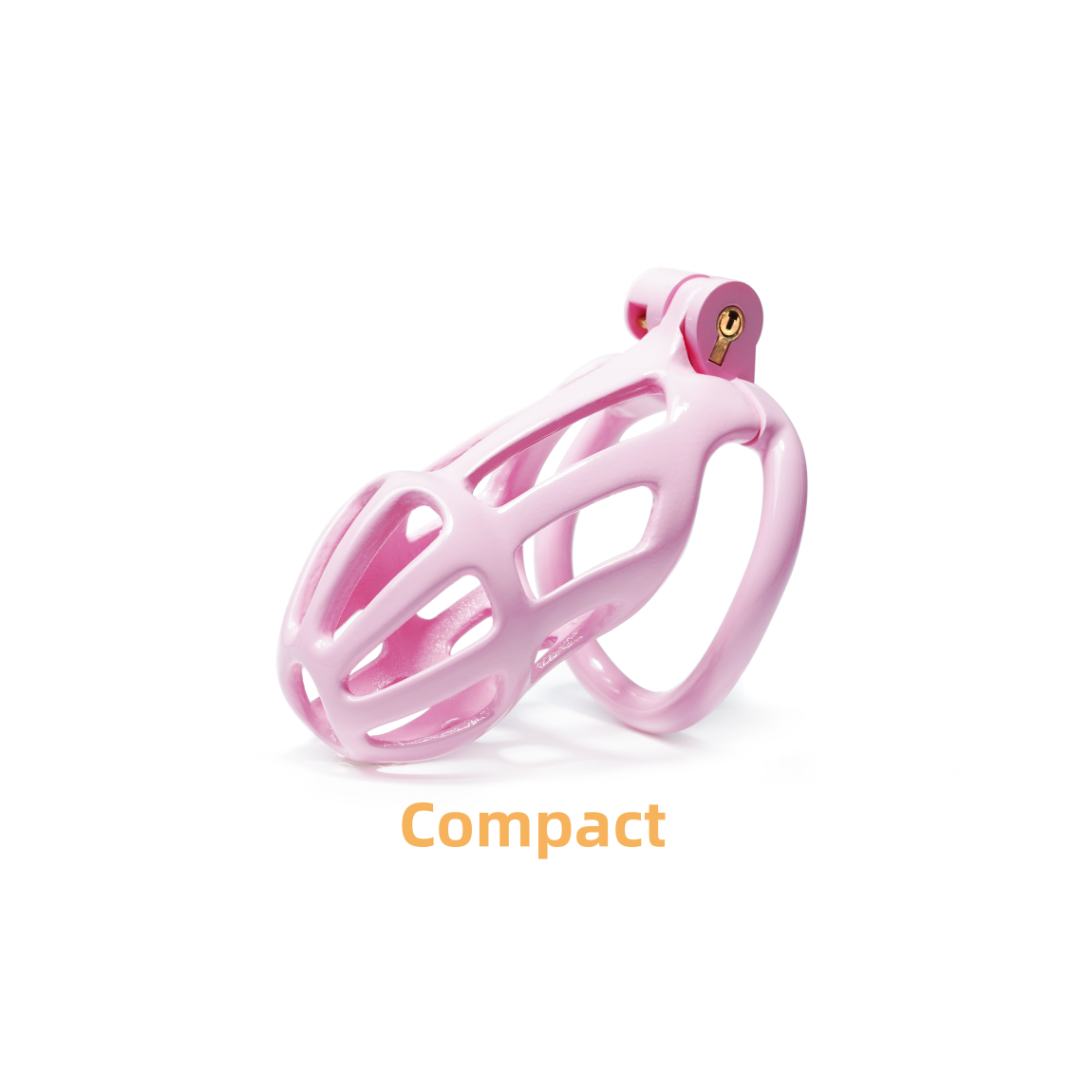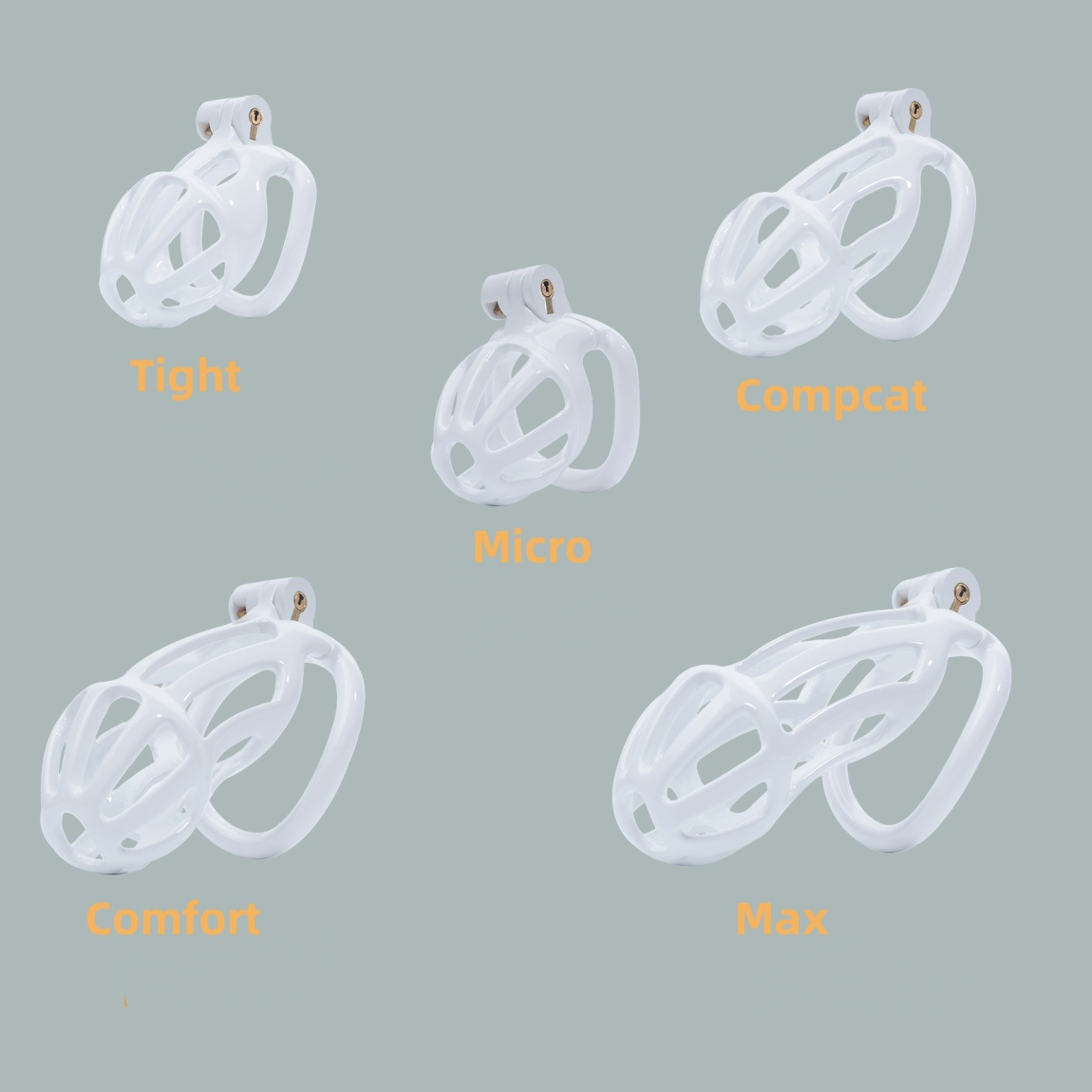Chastity Cage Hygiene: Plastic vs Metal Care Tips
2025-07-16
When choosing the right chastity device, hygiene is often overlooked—yet it plays a critical role in comfort, health, and long-term wearability. Whether you're new to male chastity or a seasoned user exploring long-term options, understanding how to clean and maintain your device properly is just as important as fit and material.
Plastic and metal chastity cages each come with unique hygiene challenges and benefits. In this article, we'll explore how these two materials differ in daily maintenance, how to clean them effectively, and which one may be better suited for comfortable long-term chastity use.
Why Hygiene Should Be a Top Priority
Wearing a chastity cage—whether for short sessions or extended periods—means your skin is in close contact with the device 24/7. Without proper cleaning, moisture, sweat, and bodily oils can lead to rashes, bacterial buildup, or even infections.
A clean device isn't just about comfort; it's about safety. Especially for those seeking a long-term chastity cage, maintenance isn't optional—it's essential.
Plastic Chastity Cages: Lightweight but Sensitive
Plastic devices, especially those made of soft TPE or polycarbonate, are popular for beginners or those who want something lightweight and discreet. Many models in the best chastity cages 2025 list feature clear or semi-flexible designs for comfort and aesthetics.
Pros:
-
Lightweight and easy to wear for extended periods
-
Often transparent, allowing visual inspection of skin condition
-
More affordable and travel-friendly
-
Compatible with metal detectors
Hygiene Challenges:
-
Plastic is more porous than metal, which means it can absorb sweat or odor if not cleaned regularly
-
Heat sensitivity: Some plastic cages may warp under high-temperature water
-
Softer designs (like those found in certain cobra cage models) may trap fluids in tiny crevices
Cleaning Tips:
-
Remove the device at least once every 24–48 hours for a full clean
-
Use mild soap and a soft brush to reach all creases
-
Rinse thoroughly and let it air dry completely before putting it back on
-
Avoid boiling or high-temperature sterilization—stick to warm water

Metal Chastity Cages: Durable and Hygienic
Metal devices—typically made from stainless steel or titanium—are favored by advanced users for their security and longevity. Many fans of comfortable long-term chastity eventually switch to metal cages because of their solid structure and low maintenance.
Pros:
-
Non-porous, easy to sterilize
-
Long-lasting, with a solid build
-
Heavier, which some users find more stimulating
-
Often come in open-bar designs for airflow
Hygiene Challenges:
-
A heavier weight may cause skin friction if not fitted properly
-
Some models lack adequate access for cleaning without removal
-
Cold to the touch, which may feel uncomfortable in cooler climates
Cleaning Tips:
-
Stainless steel models can be cleaned with antibacterial soap and boiling water (if no rubber or coating is present)
-
Use a soft cloth or toothbrush to remove any buildup
-
Dry thoroughly to prevent moisture under the ring or base
-
For long-term wear, regular inspection of the skin is still necessary, even if the cage stays clean
RUPIPI CHASTITY's Approach to Easy Cleaning
At RUPIPI CHASTITY, we believe that wearing a chastity device should be both secure and hygienic. That's why our plastic models—like the transparent, ergonomic cobra cage—are designed with ventilation holes and soft curves to prevent buildup and make cleaning simpler.

Meanwhile, our 3D-printed collection prioritizes open-bar designs and quick-release features, allowing wearers to perform routine hygiene checks without fully removing the device. This is particularly helpful for those experimenting with long-term chastity cage use.
One customer in Germany shared their experience after switching from a generic plastic device to our TPE-based model. They previously suffered from trapped sweat and minor irritation. After choosing a RUPIPI design with smoother interiors and wider ventilation paths, they reported not only better cleanliness but increased comfort over 12-hour wear periods.
Maintenance Frequency: What's Reasonable?
The right cleaning schedule depends on how long you plan to wear your device without removal. Here's a quick guide:
| Wear Duration | Recommended Cleaning Schedule |
|---|---|
| 8–12 hours (short term) | Rinse and wipe down after removal |
| 24–48 hours | Full cleaning with mild soap daily |
| 3–7 days | At least one deep clean every 2 days |
| 1 week+ (long term) | Remove every 3 days for inspection & cleaning |
Note: Even if you're using the most hygienic materials, always listen to your body. Discomfort, redness, or odor are signs to stop and reassess.
Tips for Cleaner, Safer Chastity Play
-
Use breathable underwear to reduce moisture build-up
-
Apply a non-greasy skin-safe lubricant under rings or pressure points to reduce friction
-
Stay hydrated, as this affects sweat and overall hygiene
-
Rotate devices if possible—alternate between metal and plastic to give skin a break
-
Keep a spare for quick swap-outs while cleaning
Final Thoughts: Choose What You Can Maintain
Whether you're browsing the best chastity cages or just starting your journey, remember: a device is only as safe as the care it receives.
At RUPIPI CHASTITY, we're committed to offering devices that fit your lifestyle and are designed with hygiene in mind. Because a clean cage is a comfortable one—and that's what makes long-term chastity truly sustainable.









